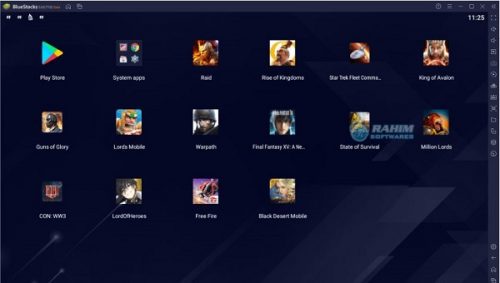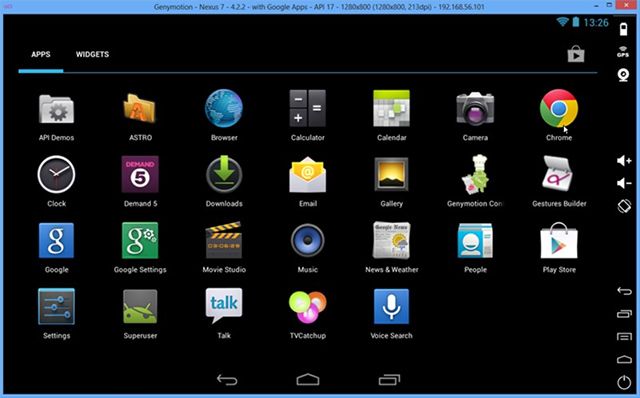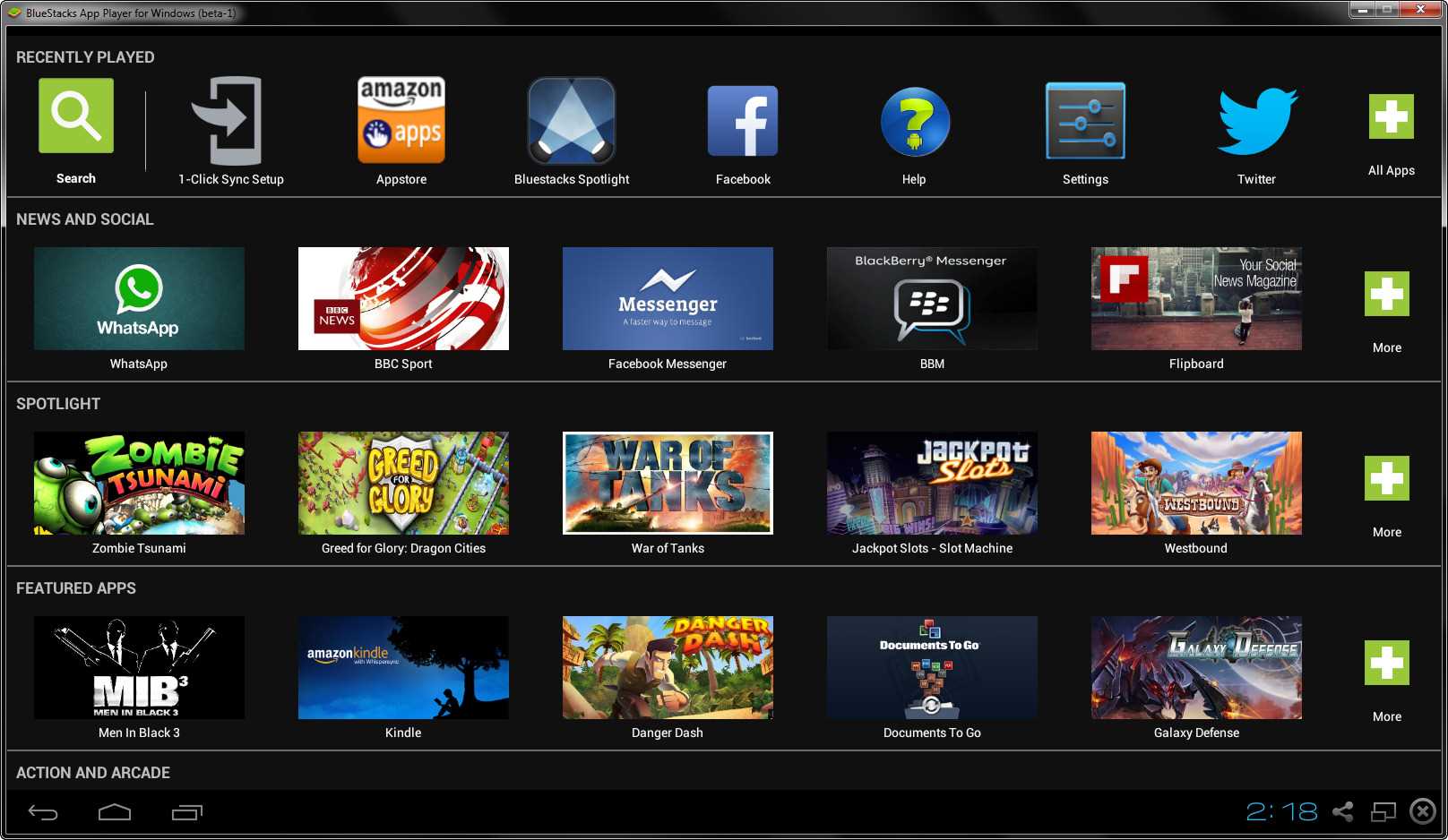

Next, create a VM and install Windows 10 on it.Install a virtualization software such as VirtualBox, KVM, etc on your Linux system.Install BlueStacks on a virtual machineĪnother way to install Bluestacks on Linux is using a Windows OS virtual machine. You can follow the installation instructions of Android x86 here. In a Linux system, you can create a virtual machine using virtualization software such as VirtualBox or KVM and install Android x86 to run android applications. You can follow the given instructions to install Anbox on your Linux systemĪndroid x86 – This is a project which aims to port the Android system to an x86 processor so that you can easily install it on a computer. It lets you run Android in system containers, not emulators, on AWS, OCI, Azure, GCP, or your private cloud. Canonical introduced Anbox cloud for running Android applications in a cloud environment.

It asks for the configuration of SDK while installing Android Studio.Īfter setting up Android Studio you can follow the given instructions to set up Android SDK.Īnbox – Anbox (Android in a box) is a free and open-source compatibility layer that aims to run Android applications in Linux. It is usually used by app developers to test their apps and can thus also be used as an emulator. It also offers some predefined virtual devices of Android phones and tablets.Īndroid Virtual Device – The Android Virtual Device or AVD comes bundled with the Android SDK.

Genymotion – Genymotion is a cross-platform android emulator, you can use it to create and run Android Virtual Devices (AVD) on a computer. There are some alternatives that you can try on your Linux system are – We are assuming you need an android emulator that can run android apps on Linux.

As discussed earlier so far the Bluestacks is not available for the Linux platform.


 0 kommentar(er)
0 kommentar(er)
